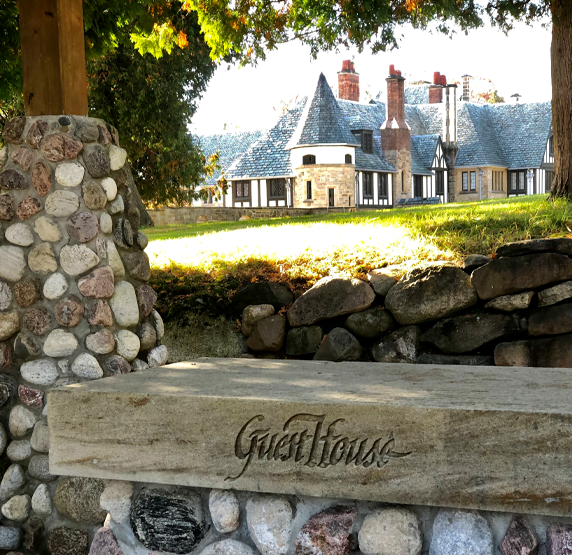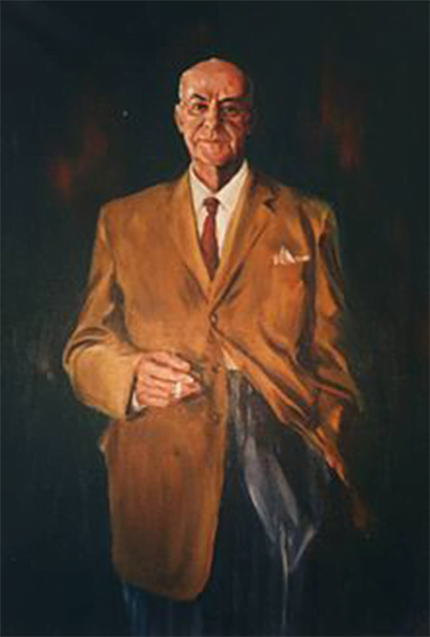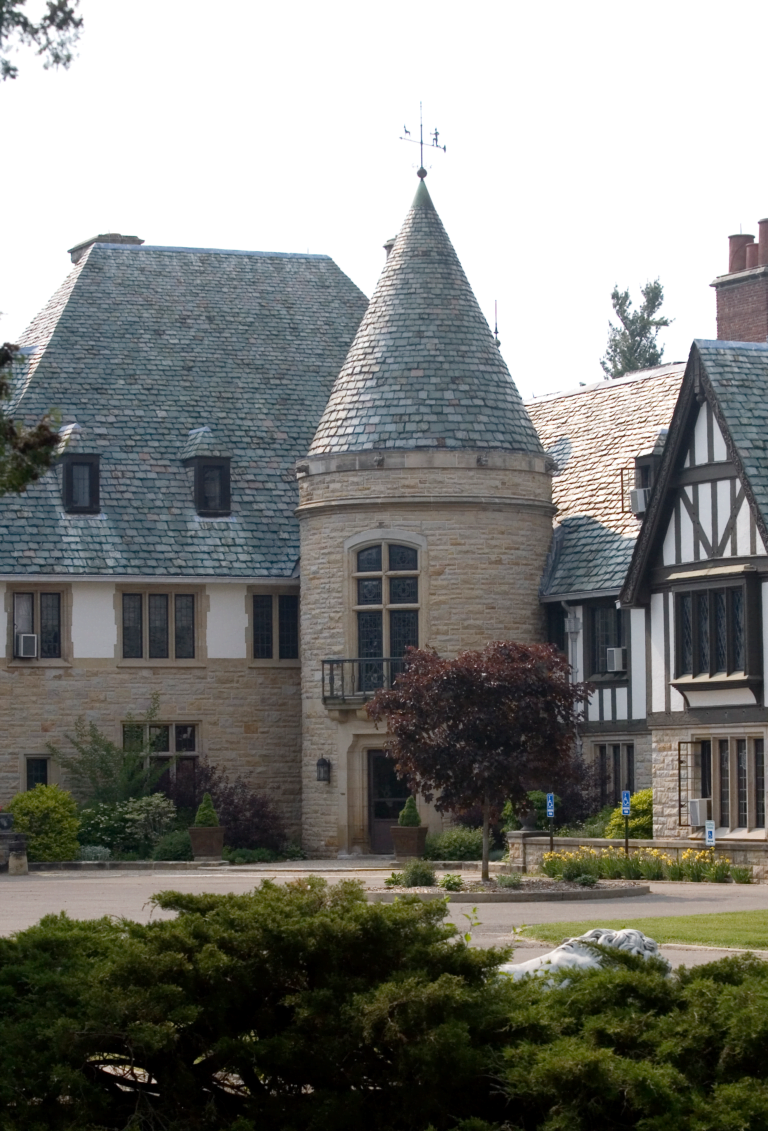- About Us/Careers
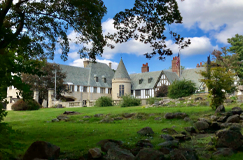
Since 1956, Guest House has offered hope and healing for men and women religious suffering from addiction.
- Admissions
- Resource Center

A curated collection of materials, videos, and other resources that promote understanding of addiction and related behavioral health needs.
- Community Education

A curated collection of materials, videos, and other resources that promote understanding of addiction and related behavioral health needs.
- Events
Workshops, retreats, and special events provide our clients and the larger religious community an avenue for learning, fellowship, and ongoing support for those in recovery.
- Alumni/Alumnae
- Stay Connected
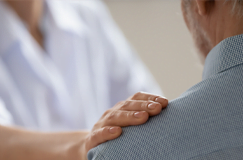
Guest House is always there. We stay connected through prayer, retreats, and other resources.



